I hate to even have to report this, but it appears that an ugly disease that has spent the last couple of years spreading westward across the country has reached the Pacific Northwest. It’s called impatiens downy mildew, and it’s quickly becoming the worst enemy of gardeners who love to grow impatiens. If you’ve struggled with growing impatiens this summer–or just want to be aware of what to watch for–here’s the scoop on impatiens downy mildew.
First off, the symptoms (courtesy Michelle Grabowski, UMN Extension Educator). Typical symptoms that impatiens display may include the following:
 |
| Advanced symptoms of downy mildew. Courtesy M.A. Hansen |
- Leaves first appear light yellow or stippled yellow & green.
- Leaf edges curl downward; leaves appear wilted.
- Fluffy white growth occurs on the lower surface of leaves.
- Blossoms drop first. Next leaves fall off leaving bare green stems. Finally stems collapse and lay flat on the ground.
- Plants infected young are stunted and have small leaves.
- In very wet conditions, infected plant tissue becomes water soaked, soft and mushy.
Now, how does it spread? Downy mildew can spread any number of ways. It may come in on your new plants at the time of purchase. (At Vander Giessen’s, we were very proactive this year, inspecting our impatiens 3-4 times per week for any symptoms of the disease. Thankfully, we never saw any symptoms.) It may also spread by spore-like structures through watering or via air currents.
Arguably, the worst aspect of impatiens downy mildew problem is its longevity. Because it’s a relatively new disease to the U.S., little is known about how long the disease can last in infected soil. However, a very similar strain of the disease has been shown to last up to 10 years in contaminated soil, so impatiens downy mildew may have similar impacts.
As for treatment, unfortunately at this point there are no products that can cure the disease and little that gardeners can do to prevent it. If you discover downy mildew in your impatiens, remove the diseased plants and any fallen leaves or flowers, seal them in a plastic bag and dispose of them in your garbage. Don’t risk spreading the disease by throwing your plants in a compost pile.
To avoid problems in your garden, be as proactive as possible! Impatiens downy mildew tends to be most active in wet, humid conditions, so to prevent making conditions right for the disease to thrive, water impatiens early in the morning and avoid getting the foliage wet if possible. Regularly check your plants for any symptoms of the disease and take quick action to dispose any suspect plants.
| New Guinea impatiens are a great disease-resistant alternative for shade gardens. |
All traditional varieties of impatiens (impatiens walleriana) are susceptible to downy mildew; however, New Guinea impatiens (impatiens hawkeri) have shown themselves to be highly resistant to the disease, so if you’re a diehard impatiens lover, consider upgrading to the showier, larger-flowered cousin of this garden favorite. You can also consider other shade-loving and downy mildew-resistant plants like coleus or begonias for your flowerbeds.
Unfortunately, impatiens downy mildew is becoming a reality for gardeners now nationwide. While scientists work to develop a solution to the deadly disease, you can arm yourself with the knowledge of what you may be up against and the steps you can take to deal with it should it strike your garden.


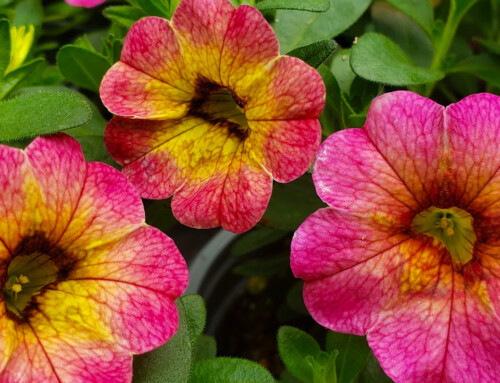
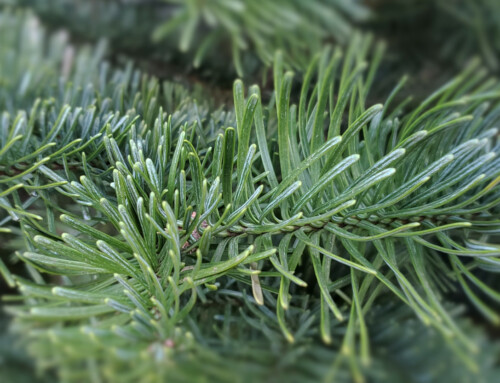
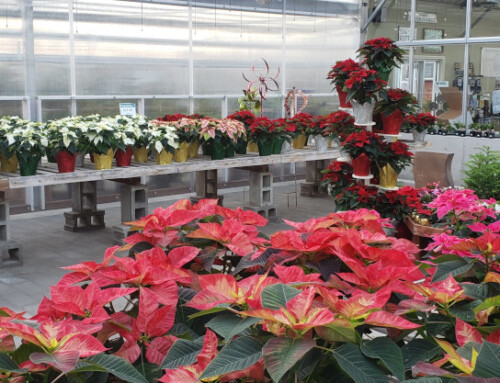
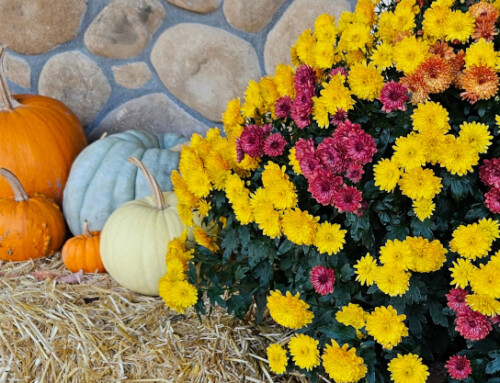
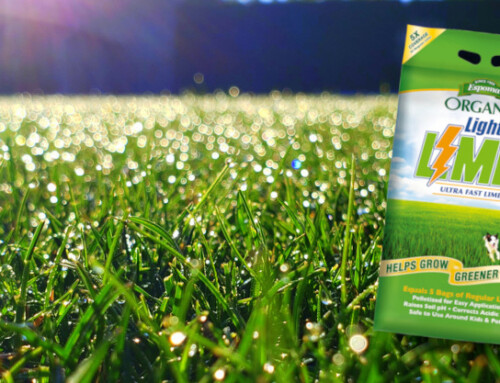
Leave A Comment